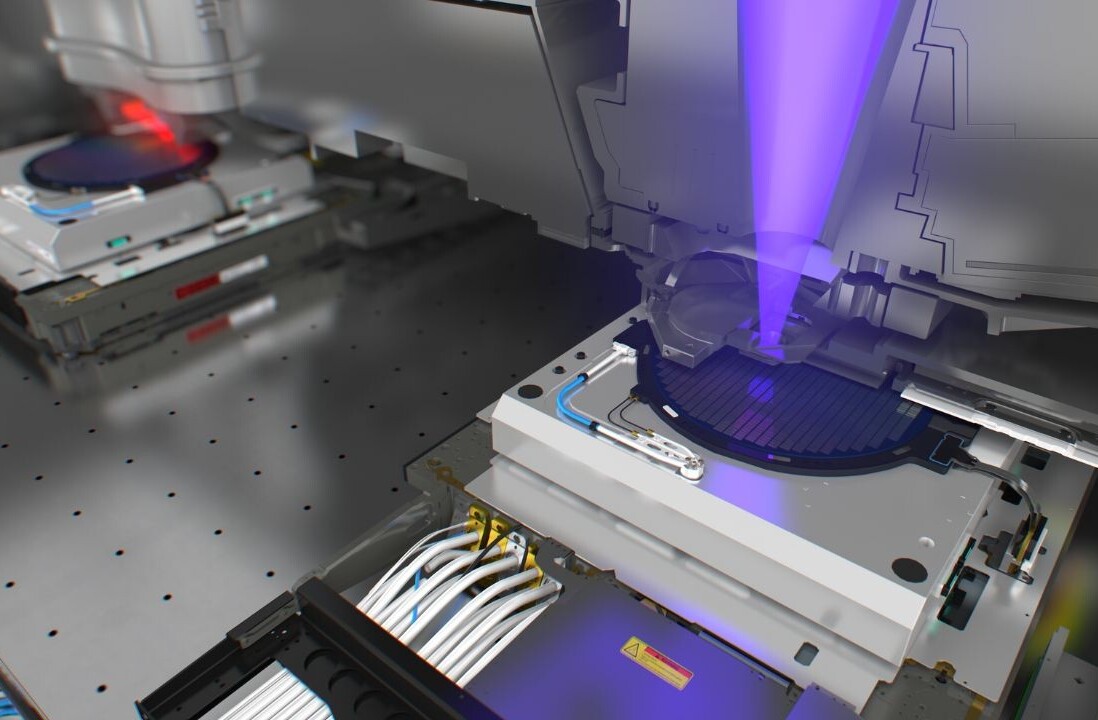The Netherlands, despite its small size, is rich in culture, history, and beautiful sights. The country is famous for its canals, colorful tulip fields, picturesque windmills, traditional clogs, a great variety of cheeses, and its bicycling culture. The Netherlands is also one of the leading electric vehicle markets, both in Europe and globally. In 2020, 21% of all newly registered cars were battery electric vehicles (BEVs) and 4% were plug-in hybrid electric vehicles (PHEVs). This high rate of uptake, particularly of BEVs, is a testament to the progressive electric vehicle policies implemented over the past several years.
To drive the electrification of the national vehicle fleet, the Dutch government offers strong incentives to reduce the cost for buyers and owners of an electric vehicle. This is especially true for BEVs, which are the focus of the government’s zero-emission transport strategy. Individuals purchasing or leasing a new battery electric passenger car can claim back €4,000 from the government. In the case of a second-hand battery electric car, the amount is €2,000.
In addition, owners of a BEV benefit from waivers on the one-time registration tax and annual ownership taxes, or receive a reduction in the case of PHEVs. Conversely, purchasers and owners of conventional combustion engine vehicles are charged vehicle taxes that are particularly high in comparison to other European markets.
How do these policies affect the household budget of individuals who want to buy a new car? Looking at the illustration below, one thing catches the eye: consumers get the best deal by buying a BEV instead of a comparable PHEV, gasoline, or diesel model. This thanks to the €4,000 purchase bonus, waivers on registration and ownership tax, and relatively low consumption costs.
Taking VW’s ID.3 as an example, deducting the government bonus of €4,000 from the tax value (which results in a lower base price and value added tax than displayed in the car manufacturer’s price lists) makes it the cheapest alternative both at purchase and by 4-year ownership cost. Gasoline and diesel cars face relatively high one-time registration taxes and annual taxes for vehicle ownership, adding up to several thousands of euros. Compared to the gasoline version of the VW Golf, private buyers who pick the VW ID.3 BEV save €4,500 upon acquisition and €10,000 if keeping the car for 4 years. If purchasers are not lucky enough to get the €4,000 one-time bonus, before the available funds are exhausted, the cost advantage still exists albeit reduced.

So, for individual consumers, the cost advantage of buying a BEV is ensured with financial and fiscal incentives in place. But what about company cars? In 2020, 73% of all new electric passenger cars in the Netherlands were registered by companies versus 27% by private individuals. Companies also benefit from various incentives if opting for a BEV, including tax deductions for purchases.
Moreover, employees privately using a battery electric company car from their employer, which is considered as a benefit in kind, profit from reduced amounts on private income tax. In 2020, the added taxable income rate for BEVs was 8% for the first €45,000 of the vehicle’s purchase price, including Value Added Tax and registration tax. Above this threshold, the taxable income rate was 22%.
[Read: How do you build a pet-friendly gadget? We asked experts and animal owners]
This higher rate also applied to all vehicles with emissions above 0 g CO2 per km. The figure below shows the impacts of these incentives for the tax year 2020. Persons with a yearly taxable income greater than €68,508 were charged an additional €120 per month in income tax for their private use of a VW ID.3 BEV company car. In comparison, the monthly additional tax burden was significantly higher for the gasoline, diesel, and PHEV VW models, ranging between €340 to over €400 per month. The effects were also notable for annual taxable incomes below €68,508.

Focusing on costs, private and business consumers in the Netherlands are wise to opt for a BEV. But, is this reflected in the vehicle market? If differentiating electric vehicle uptake by private versus company new car registrations in 2020, the figure below reveals that 67% of private individuals and 74% of companies decided in favor of BEVs in the first half of 2020, and 73% and 90%, respectively, in the second half. This finding is not surprising, considering the government’s ambition and policies adopted to spur zero-emission vehicles, i.e. BEVs and fuel cell electric vehicles.

New electric passenger car registrations showed an upward trend in 2020, as shown in the figure below. Registrations of new electric passenger cars, including BEVs and PHEVs, dropped dramatically in January 2020 compared to December 2019, from 55% to 8% of all new passenger car registrations. This drop can be explained by tighter added income tax rates for privately used battery electric company cars by employees, which increased from 4% to 8% on 1 January 2020. While other European countries recorded a high uptake of electric cars from January 2020 as tighter CO2 emission standards for new passenger cars set by the European Commission kicked in, this effect was negated by the Dutch tax change. The global COVID-19 pandemic starting in March resulted in a slight drop of electric passenger car registrations from 17% in March to 14% in both April and May.
The market recovered with continuously increasing shares higher than 20% starting in August. This was likely helped by the newly introduced purchase bonus for private BEV purchases and leases, although funds were exhausted within a few days. Similar to the end of December 2019, consumers also made sure to secure a BEV in December 2020, as the added taxable income rate for privately-used battery electric company cars was increased by 4 percentage points to 12%, and the threshold was decreased from €45,000 to €40,000 starting in January 2021. The result was a historic 72% share (69% BEVs and 3% PHEVs) of new electric passenger car registrations in December 2020 and a sharp downfall to 11% (3% BEVs and 8% PHEVs) in January 2021.

The Netherlands set an example by implementing strong incentive policies for electric vehicles, particularly BEVs, while setting disincentives in the form of significantly higher taxes for gasoline and particularly diesel cars. These activities are flanked by additional actions.
The Netherlands has the highest number of public charging points for electric vehicles and per 100 km2 in Europe. Moreover, some Dutch city and municipal governments such as Amsterdam, Rotterdam, and The Hague provide free public charging points on request of private individuals and businesses where home and workplace charging is not feasible. In addition, cities such as Amsterdam are aiming to have all traffic throughout the city emissions-free by 2030. The government also aims to have a minimum of 30 cities implementing zero-emission zones for urban logistics by 2025. Beyond policies, consumers can also choose from an increasing number of electric vehicle models for sale. In 2020, if only looking at BEVs, over 60 different models were newly registered in the country.
The Netherlands is proof that national and local policies play a key role in driving electrification, and particularly the transition to BEVs. As a result, the country is on a good course to reach its 2030 target to only sell zero-emission new cars.
This article was originally published at Theicct by Sandra Wappelhorst and has been republished under Creative Commons.
Do EVs excite your electrons? Do ebikes get your wheels spinning? Do self-driving cars get you all charged up?
Then you need the weekly SHIFT newsletter in your life. Click here to sign up.
Get the TNW newsletter
Get the most important tech news in your inbox each week.





